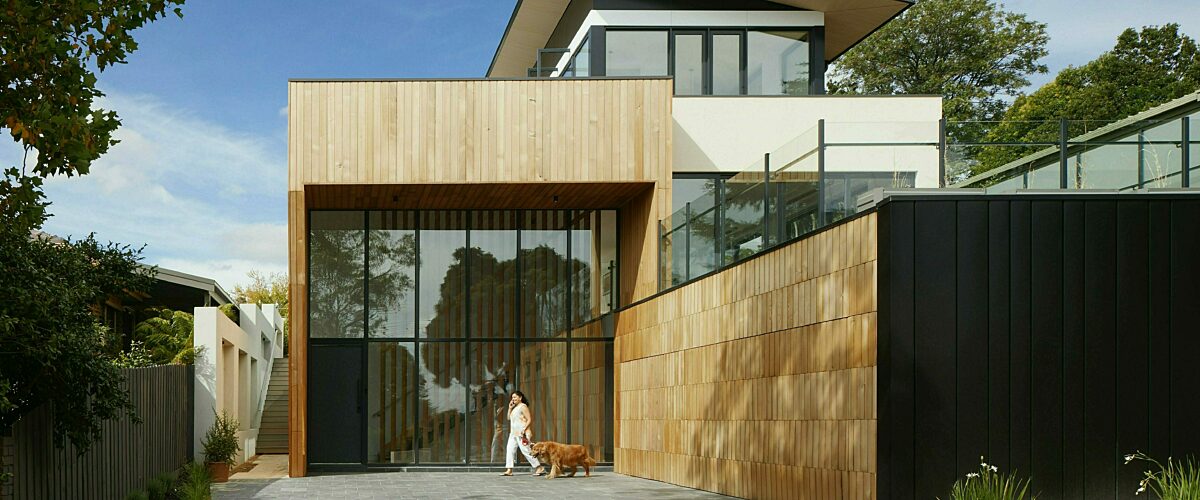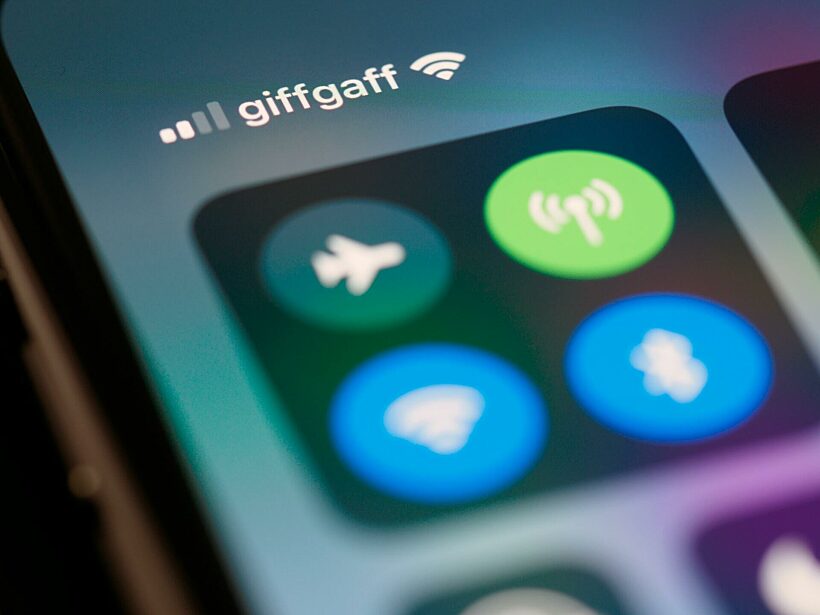
Geofencing: mapping out your routines and schedules
Geofencing might sound like an alien term, but it’s a technical aspect that’s familiar to any smart home automation device or system. In this article you learn what it is, how it works and about its potential to upgrade your living standards.
Featured geofencing
A home system is typically installed to fit your preferences and habits. You leave your home and the door locks automatically behind you. When you enter your living room, the lights and heating turn on. Or when your fridge is almost empty, you receive a warning message on your smartphone. This is, in a nutshell, geofencing.
Outside of smart home automation, geofencing is often used in different domains, such as marketing. You pass a perfume store and when you check your social media, you receive an ad with a big discount on their products. Nope, no one is listening, it's only geofencing technology.

The technology behind geofencing
When you start up the geofence of your system, hub or device, it first demarcates a virtual area (the fence) around your home - essential to every location-based technology.
Next, it needs to know your whereabouts. Often, you need to download an app, as your smartphone will function as your smart home’s reference. Through all kinds of wireless signals - Bluetooth, Wi-Fi, GPS - configured devices will have a pretty good estimate of when you are in or out of the zone - assuming you have your smartphone on you at all times. Lucky for us, 92% of all smartphones is compatible with the geofencing technology.
The type of geofences most relevant to homeowners are circular or radius based. In the software you choose the mentioned virtual area, which is your house plus an additional x amount of feet/meters. Circular geofencing is a handy technology for homeowners, as it allows you to incorporate smart devices (i.e. automated lawn mower) or systems (i.e. pool cleaning system) in your garden. As handy as this piece of technology is, it also has its flaws. Blind spots and spillovers are no stranger to circular geofencing. Not being able to reach your smart speaker can be as annoying as unwittingly tracking your neighbor’s garden. Why do these problems occur? Houses do not have a round form and therefore never exactly fit the indicated zone.
The bigger picture: location-based triggers
Even when you are out of the house, your smart home can still operate to your wishes, thanks to ‘location-based triggers’. A few examples: you’re not home yet when it’s dark, so the outside lights will turn automatically to scare off trespassers; the heating already turns on when you’re only a few blocks away from your home; the garage gate opens when you pull up in your street;...
The possibilities are endless. You could configure multiple devices and systems, and your home could adapt its settings to the routines of every family member. They would have to install an app as well if they do not want to be left in the dark - quite literally. For instance, if you have a smart security system, you don’t want it to set off any false alarms when your children get home from school. The installation process, however, will demand much practice, but when done right you'll truly feel in full control without any extra effort.
'Older' smart tech that deserves a closer look
Though location-based technology isn't new in the automation industry, it remains a technology with many possibilities. A whole family with differentiating time schedules could easily live together in an environment that accommodates to each family member individually. Delve into the world of geofencing and enjoy this smart technology in its full glory.


